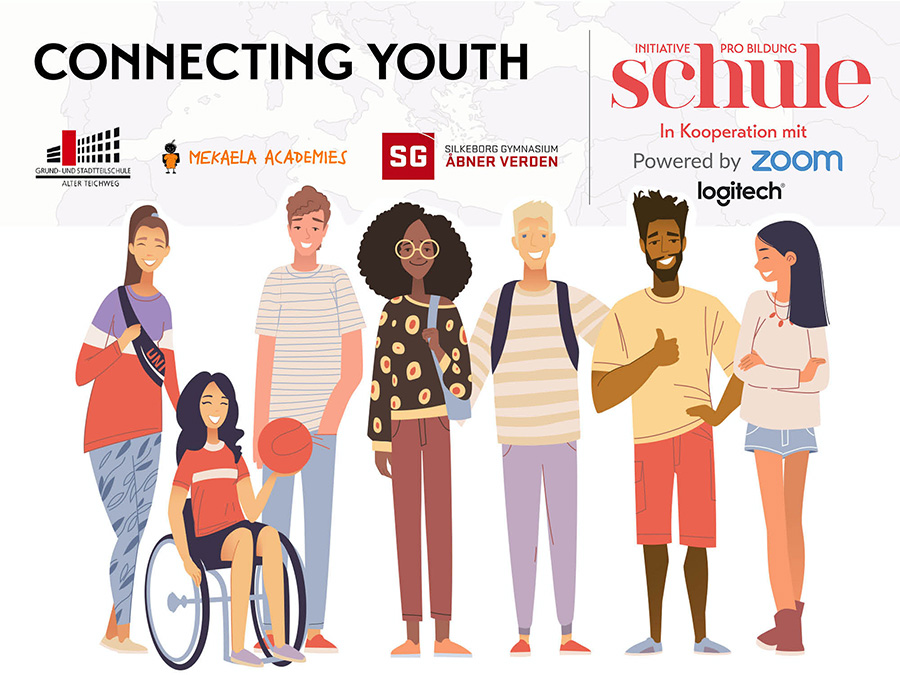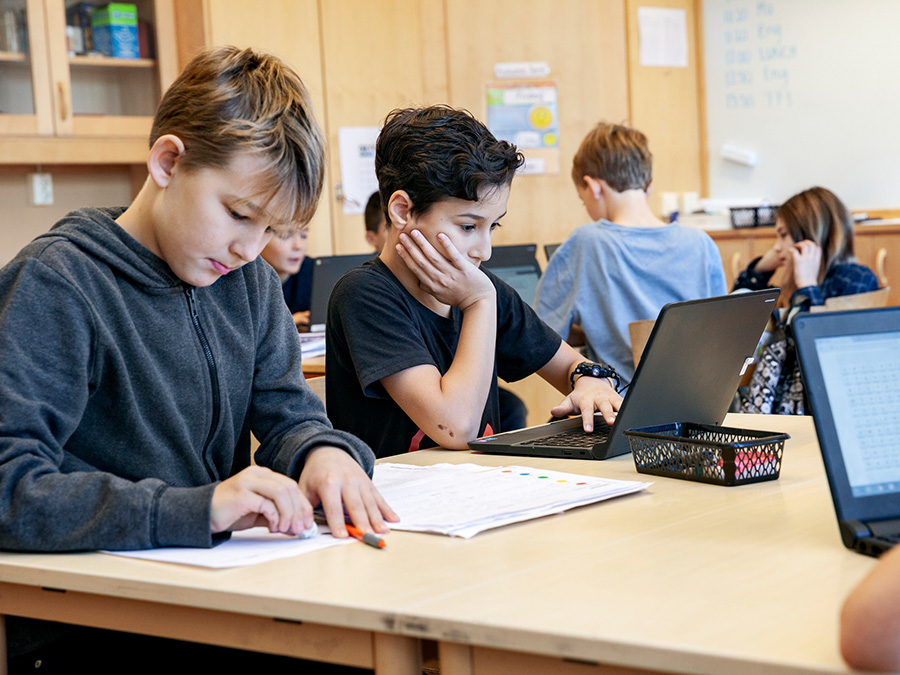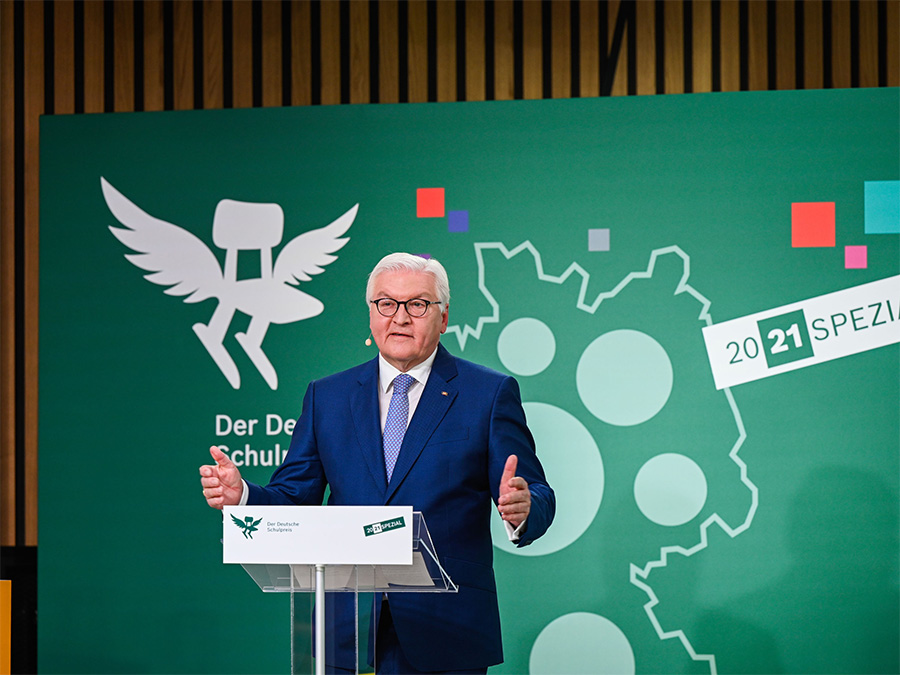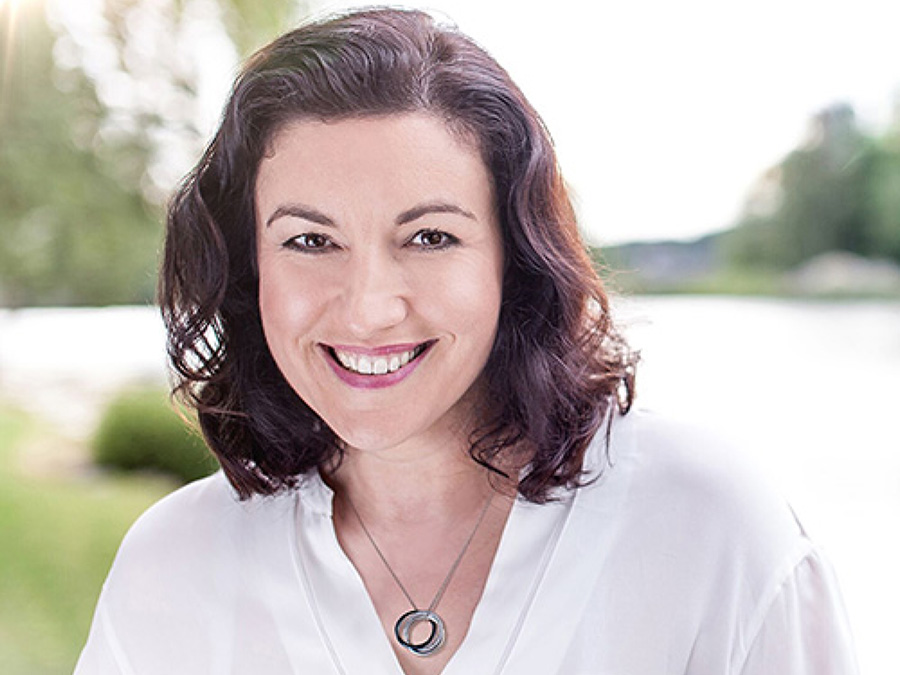english version below
Als erster Experte referierte Christian Rausch seine Erkenntnis, dass ein positives Auskommen von Corona sein könnte, oder auch ist, dass die (erzwungene) digitale Erweiterung der Unterrichtsmöglichkeiten für die Zukunft viele Möglichkeiten bietet. Insbesondere das Visuelle verbinden und miteinander arbeiten durch Video-Meeting Technik sieht er für junge Leute als große Chance.
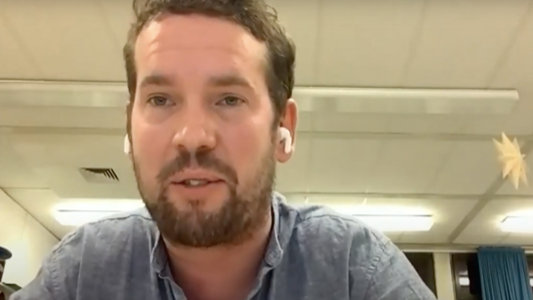
Christian Rausch verwies dabei auf das internationale Lernprojekt Connecting Youth, initiiert von der Initiative Pro Bildung Schule, an dem seine Klasse begeistert teilnimmt. Der Herausgeber vom Magazin Schule Axel Kuhlmann erläuterte dann ausführlich das sechswöchige Projekt in Kooperation mit Zoom und Logitech: Drei Schulen aus Kenia, Dänemark und Deutschland arbeiten 6 Wochen je eine Stunde zusammen. Dabei lernen sie über die anderen, erlernen neue Fähigkeiten und trainieren, in Englisch zu präsentieren und sich auszutauschen. Mehr zu dem Projekt gibt es hier zu lesen. Die Begeisterung führt zu einer Partnerschaft der Klassen über das Projekt hinaus, bis hin zu einem physischen Treffen, sobald möglich.
Videomeeting als Lern-Software
Bisher nutzen die Schüler nur einen Teil der zur Verfügung stehenden Möglichkeiten. Aylin Aslaner-Chahin, Public Sektor Managerin bei Zoom, erläuterte einige der weiteren Möglichkeiten – so werden inzwischen sogar Prüfungen mittels Zoom absolviert. Die Firma wird als Fortsetzung von „Zoom for education“ jetzt eine ergänzende Plattform herausbringen, „Zoom-Lernen”. Diese wird speziell Bildungseinrichtungen, Lernwillige und Bildungsinteressierte in Deutschland ansprechen.
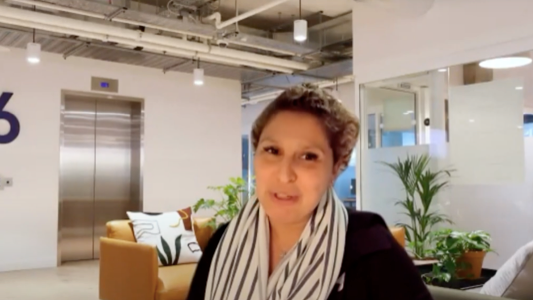
Digitalisierung als Antwort auf eine nicht gestellte Frage?
Der Bildungsexperte Daniel Bialecki, Gründer von scoyo.de, beschäftigt sich seit Jahrzehnten mit der Digitalisierung von Bildung. Er stellt heraus, dass sie kein Selbstzweck, sondern eine Antwort auf die Frage „Was können wir beim Lernen und der Schulbildung verbessern?“ sein muss.Schlechte analoge Prozesse würden auch digitalisiert schlechte Prozesse bleiben. Bialecki freut sich, dass jetzt endlich Offenheit für das Überdenken neuer Wege entstanden ist. Als ein positives Beispiel nennt er das Überbrücken von Tausenden Kilometern wie bei Connecting Youth.
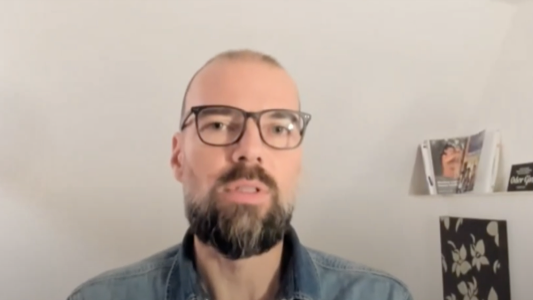
Hardware muss mit Software und Leitungen korrespondieren
Logitech bietet Hardware für den digitalen Unterricht, die sehr stabil und leicht verständlich arbeitet. Logitech-Manager Andreas Kunz plädierte dafür, dass Schulen sich beraten lassen, was sie genau an Software und Hardware brauchen. So könne vermieden werden, dass zu viel, zu teuer und nicht optimal eingekauft wird. Auch das Zusammenspiel der verschiedenen Bausteine wie Mikrofone, Headsets, Kameras kann die Zusammenarbeit nicht nur verbessern, sondern auch mit Spaß gestalten.
Interessant: Logitech hat gerade eine Aktion zur Unterstützung der Schulbildung, „win the future for education“. Da gibt es Equipment für Schulen zu gewinnen.
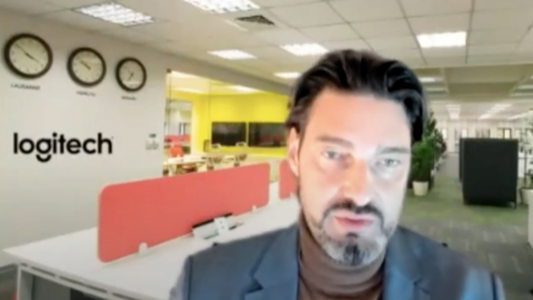
Bei den Teilnehmern, vielen Eltern und einigen Lehrern gab es ein positives Feedback zu der Aktion und generell den Vorträgen zum Thema. Konkret wurde vorgeschlöagen, Connecting Youth auch für den Französisch-Unterricht zu entwickeln.
Zum Abschluss noch ein schönes Zitat von Aylin Aslaner-Chahin. Sie sagte, mittels der Technik können wir „Die Welt ein bisschen kleiner machen“. Kein schlechter Plan für die Zukunft fand auch Moderator und Herausgeber Christian Personn.
Hier geht es zu den Berichten zum Projekt „Connecting Youth“ / Click here to read all „Connecting Youth“ reports:
English version:
HOW SCHOOLS CAN BENEFIT FROM VIDEOCONFERENCING
The use of videoconferencing in schools
On 25 November 2021, four experts and educational practitioners came together to talk about the use of videoconferencing in school lessons. There were animated discussions between the speakers and audience members and participants left armed with lots of suggestions and good impressions of the event. A follow-up report on the Pro Bildung-Schule online conference.
Top expert Christian Rausch spoke about his insight that one positive outcome of the coronavirus pandemic might just be – or in fact even is – the fact that the (forced) expansion of the classroom to the digital realm offers lots of opportunities for the future. He views technology as a huge plus for young people as it offers visual connections and enables them to work together via video meeting technology. As an example, Rausch referenced the international educational project Connecting Youth set up by the Pro Bildung Schule initiative, which his class is eagerly taking part in. Editor of Schule magazine, Axel Kuhlmann, then took over the microphone to give a detailed explanation of the six-week project being carried out in cooperation with Zoom and Logitech: three schools from Kenya, Denmark and Germany are working together for one hour a week for six weeks. Over the course of the project, they will learn about each other, acquire new skills and practise presenting and having discussions with each other in English. You can read more about this project here. The project has been so enthusiastically received that the partnership between the schools has now moved beyond the project itself and there are plans to meet face to face as soon as it is possible.
Video meetings as educational software
Previously, students were using only some of the vast range of options available to them. Aylin Aslaner-Chahin, Public Sector manager at Zoom, explained some of the additional tools available – even exams can now be taken via Zoom.
As a continuation of the ‘Zoom for education’ platform, the company will be launching a complementary ‘Zoom Learning’ platform that will be specifically targeted at educational institutions, those who want to learn and those with an interest in education in Germany.
Is digitalisation an answer to a question no-one has asked?
The education expert Daniel Bialecki, founder of scoyo.de, has been involved in the digitalisation of education for several decades now. He points out that it shouldn’t be an end in itself but an answer to the question: ‘What can we improve about learning and school education?’. Analogue processes that are poorly designed will still be poorly designed if they are digitalised. Bialecki is delighted that people are now finally open to rethinking and new approaches. One positive example that he mentions is using digital technology to bridge thousands of kilometres as is the case with the Connecting Youth project.
Hardware must be compatible with the software and connections
Logitech offers hardware for digital lessons that is very stable and intuitive to use. Logitech manager Andreas Kunz encourages schools to get advice on what their exact software and hardware needs are as this can prevent them from purchasing too much equipment that is too expensive and not ideally suited to their requirements. Furthermore, the interplay of various components such as microphones, headsets and cameras offers the potential to not only improve collaboration, but also make it fun.
As an aside, Logitech is currently running a campaign to support school education entitled ‘Win the future for education’ that offers schools the chance to win equipment. Participants, several parents and some teachers all gave positive feedback on the campaign and the related presentations in general.
One concrete suggestion that was made as a result was to expand the Connecting Youth project to French lessons. As a closing remark, a lovely quote from Aylin Aslaner-Chahin, who said that using the technology can help us ‘to make the world a bit smaller’. As host and editor Christian Personn agreed, not a bad plan for the future.

